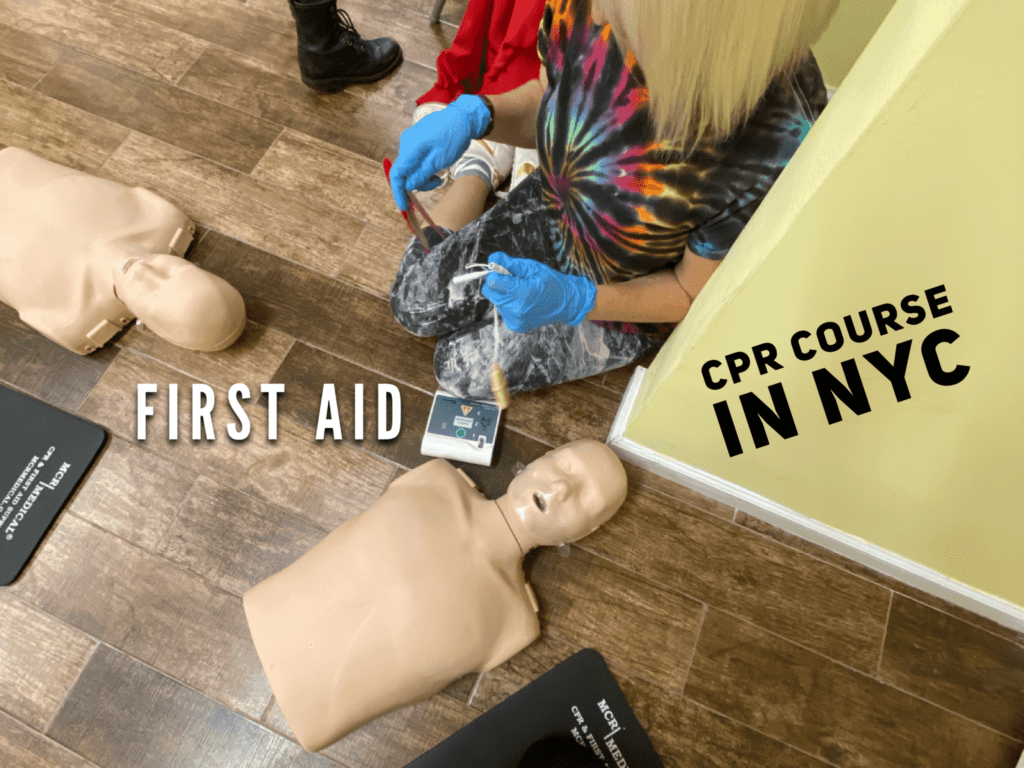Last updated: April 26, 2022
My friend Danielle Strle invited me to join a First Aid and CPR workshop today in New York City.
It was five hours long and we each paid $105.
I’m glad that I went!
Find a class in your area here: Red Cross: CPR Classes in NYC
I learned many things such as:
- Yes, you can pump the chest to the song “Staying Alive.”
- You can also do it to the “Baby Shark” song.
- How to do CPR: 30 pumps, then 2 recovery breaths mouth-to-mouth (repeat)
- How to use an AED: that’s the defibrillator you see frequently now which can administer heart shocks to save someone from cardiac arrest!
- SAMPLE and FAST: acronyms in case of an emergency.
- How to use an EpiPen: stab it in someone’s leg if they go into anaphylactic shock.
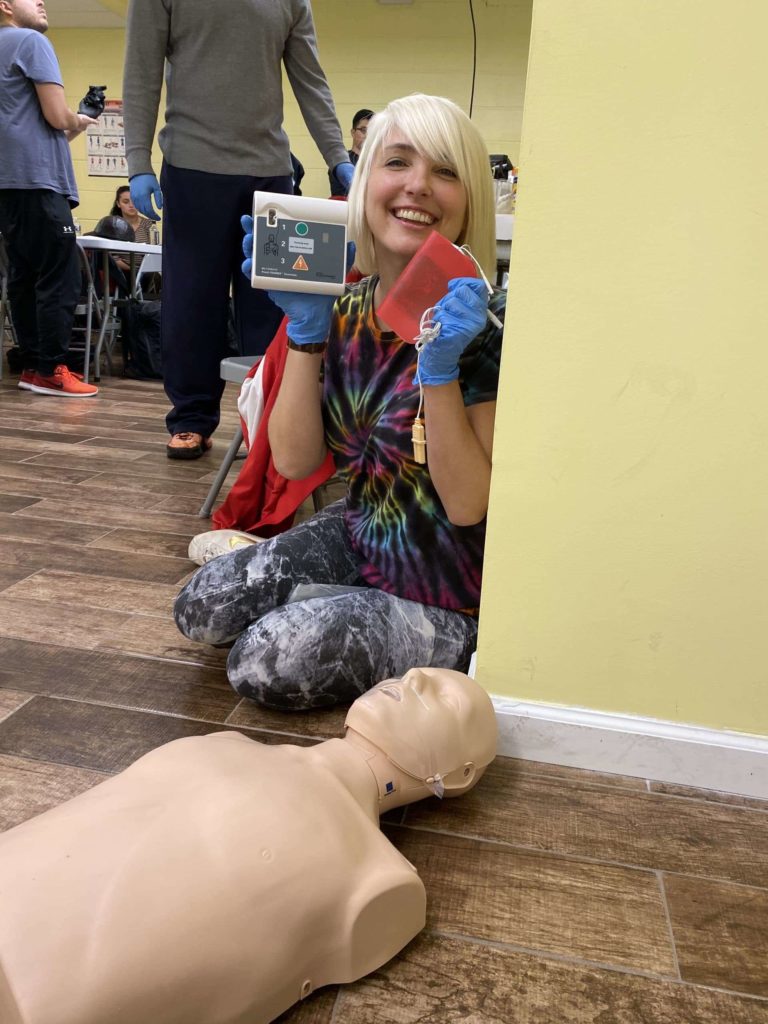
Performing CPR
The dummies that we tested on had digital lights which would blink when we were doing it right.
- Green lights = Good pressure, good pace.
- Red or yellow lights = Probably do it harder, and faster or slower.
What I learned:
- You really have to push hard!
- When you’re doing four sets of 30 pumps, plus two life-saving breaths = it is hard physical work!
- There are steps beforehand, such as: getting consent, yelling the person’s name (if you know it), and making sure someone calls emergency services before you start.
- Unless it is a baby that you just came across: do CPR on a baby who is non-responsive ASAP, then call 9-1-1.
Using An AED
An AED is an Automated External Defibrillator.
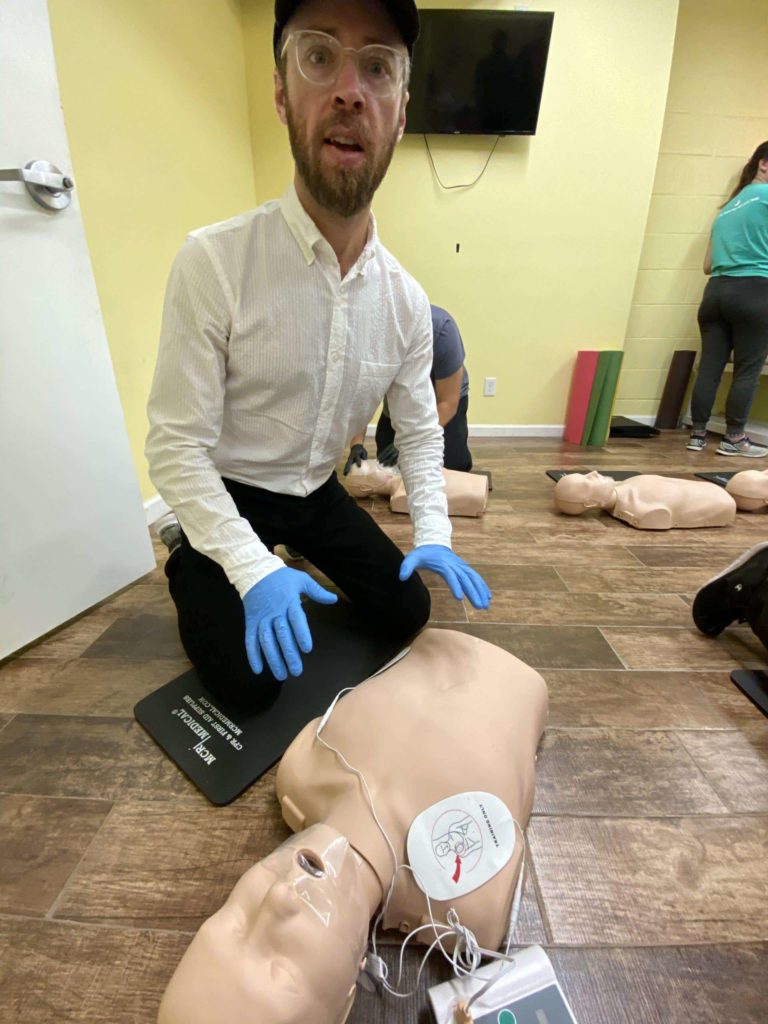
In the event of cardiac arrest – NOT A HEART ATTACK – I am now trained in how to use this device.
First, I would administer CPR. Then I would (or a buddy would) place the patches on the bare skin.
I was surprised how the machine reads you the instructions aloud! They make it very easy.
First Aid: SAMPLE
These are the questions we are supposed to ask / investigate whenever we come across an emergency situation.
- S – Signs/Symptoms
- A – Allergies
- M – Medications
- P – Past Medical History
- L – Last Food / Drink
- E – Events Preceding
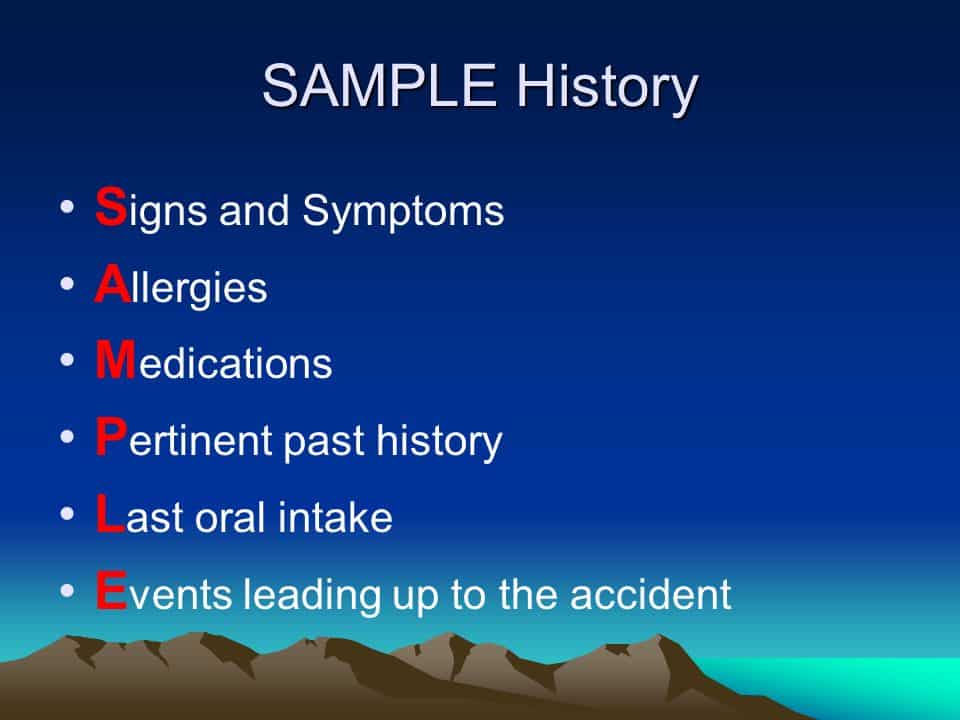
Stroke: FAST
If you think that someone might be having a stroke, ask someone to do these three things.
Call emergency services if they exhibit any:
- F – Face (Smile! Look for drooping)
- A – Arms (Raise Both Your Arms, Look for drooping)
- S – Speech (Tell them to say a sentence, like: The sky is blue. Look for slurring)
- T – Time, start your watch and call emergency services
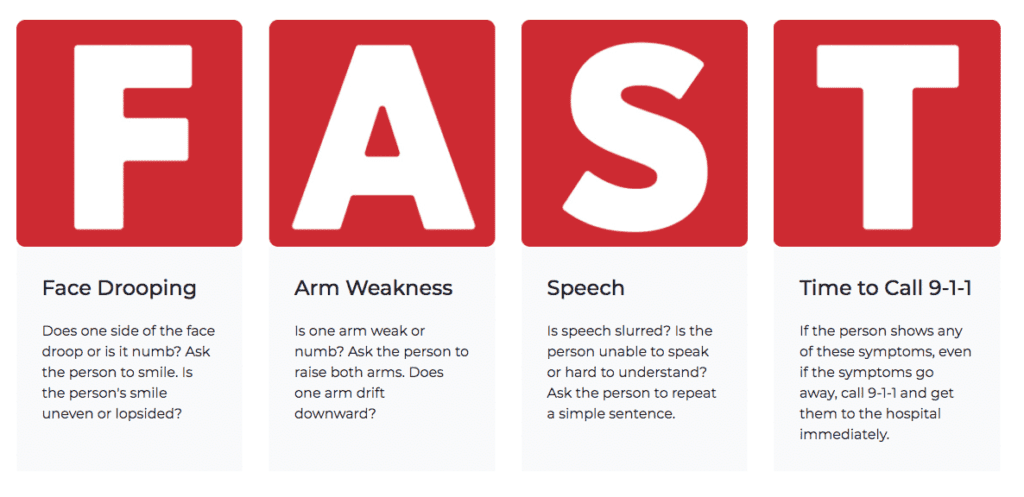
Support for Choking Victims
We also learned and demonstrated on each other how to save someone from choking.
These were some screenshots I snapped with my phone from the training videos about choking:
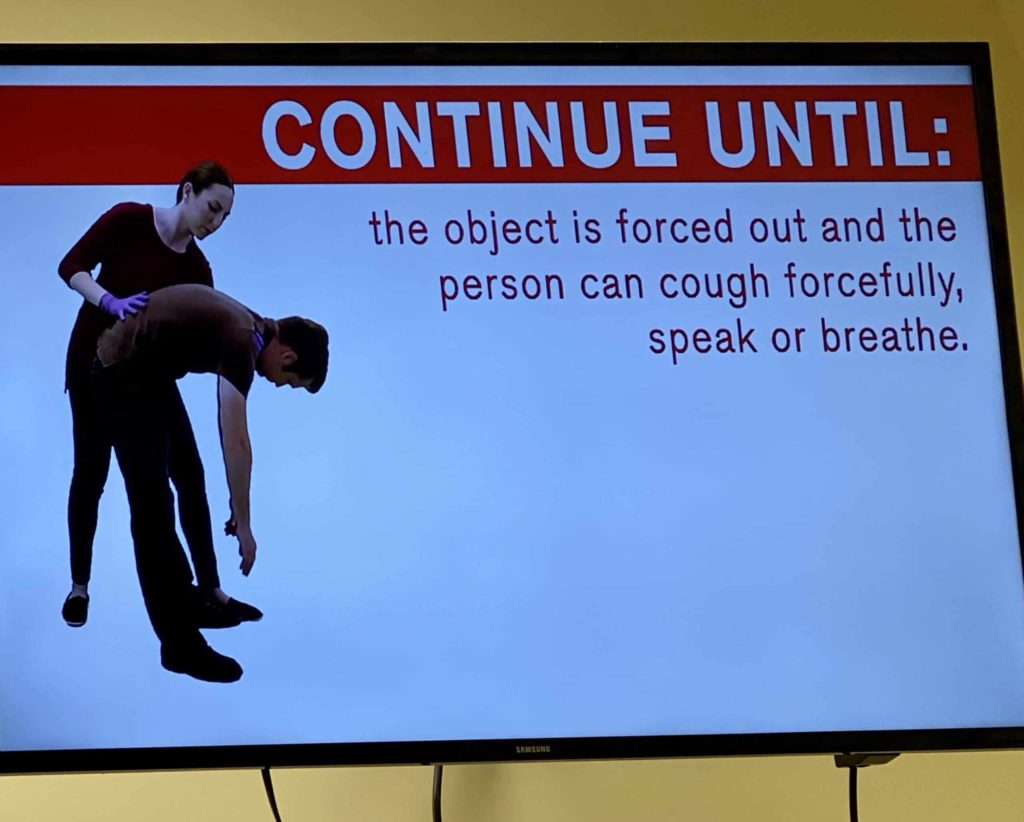
Hand placement = two fingers above the bellybutton.
Pull up and in VERY FIRMLY.
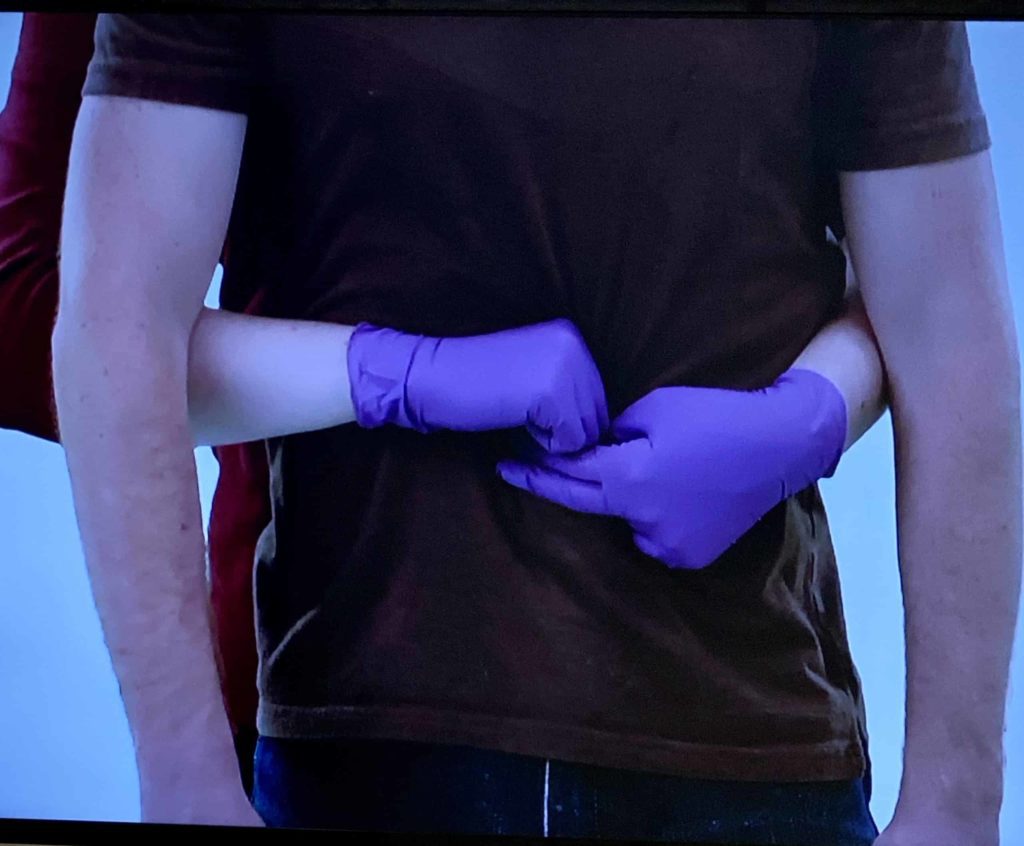
More Information
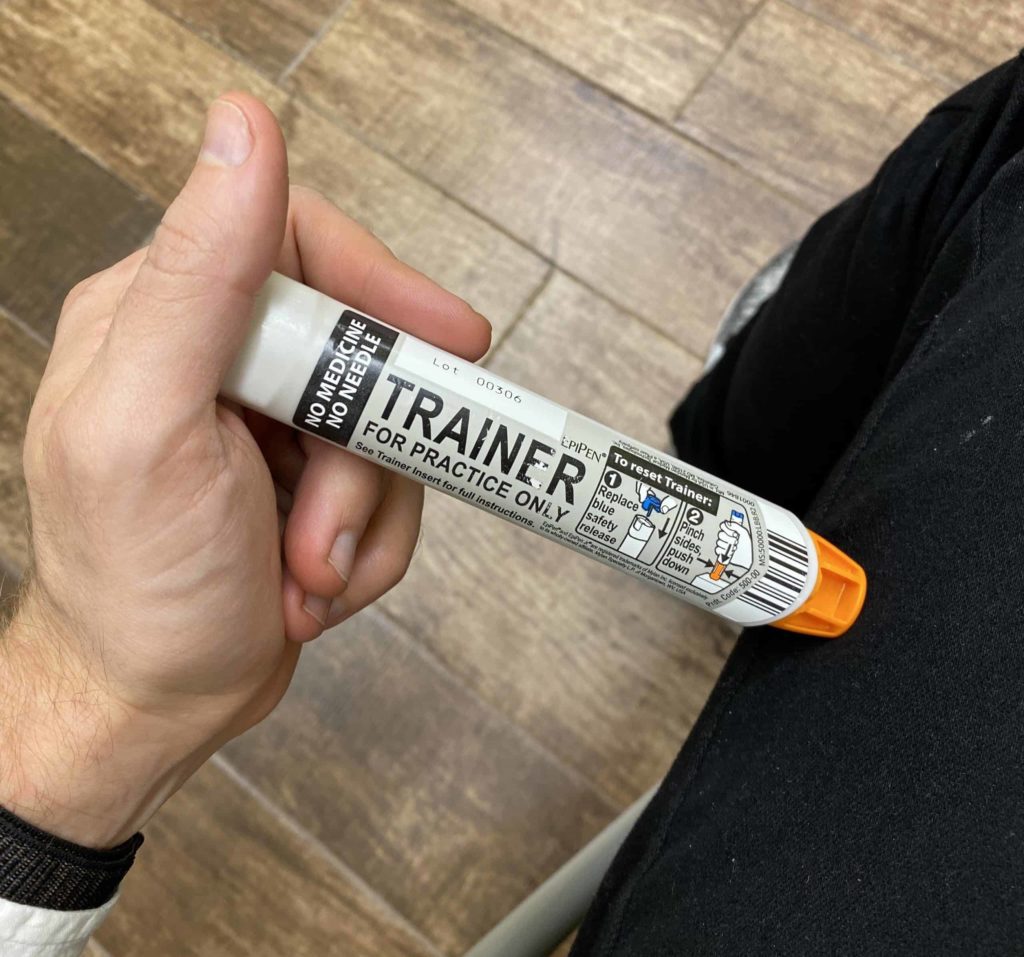
***
COMMENTS:
- Kathleen F. G. Hutton: I’m taking the class here in WS next week, so appreciate the prep and encouragement!

